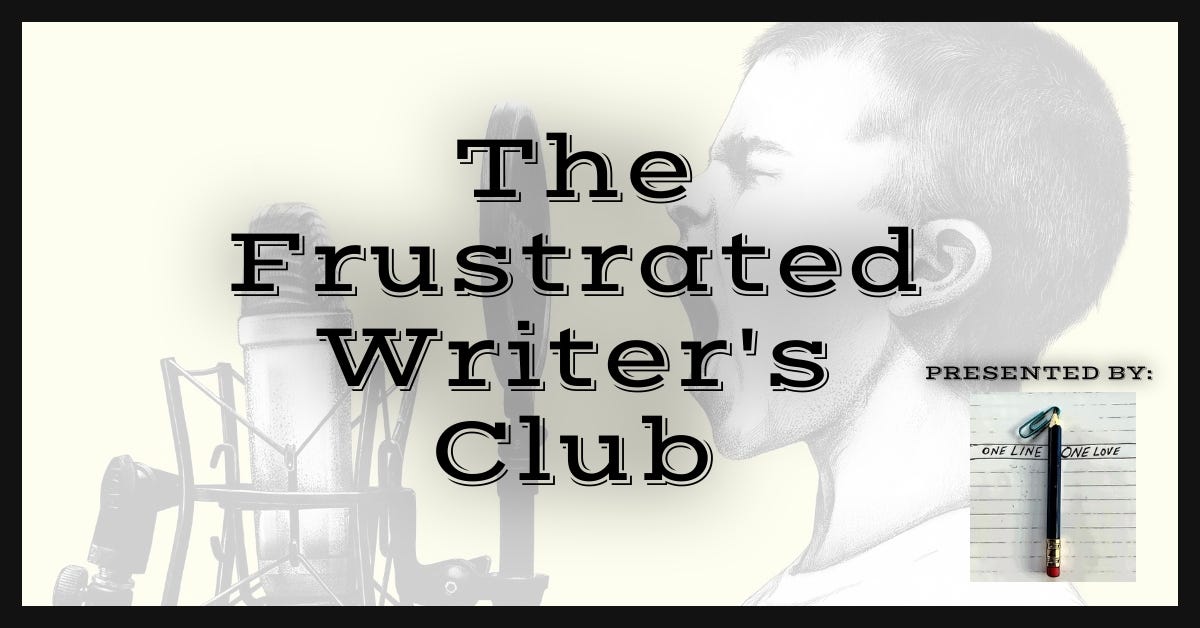💪Reflection: On the Days You Can’t Fight, That’s Still Resilience
Today I realized something I keep forgetting:
Not all strength looks like pushing through.
Some days, I can barely lift my coffee mug without negotiating with gravity. “Getting dressed” means changing from night sweats to day sweats. And resilience? It feels like it belongs to someone with steadier hands, stronger legs, better timing.
But then I remember—again—that resilience isn’t always about grit or drive.
Sometimes it’s about staying still.
Sometimes it’s about not pretending.
Sometimes it’s about choosing not to perform strength when your body’s asking for grace.
Why do we feel like we have to earn our rest?
Who decided that pausing meant failing?
Resting is not giving up.
Breathing through the pain isn’t weakness.
Saying “not today” isn’t a retreat—it’s a decision to preserve your energy for the things (and people) that matter.
I used to think strength was about holding it together.
Now I know it’s about how tenderly I hold myself when things fall apart.
So if today your fight looks more like a whisper than a roar, more like canceling plans than conquering your to-do list—trust me: that still counts.
You are still in the story.
Still brave.
Still resilient.
And no one else gets to define what that looks like.
So if today finds you curled up instead of climbing mountains, know this:
Resilience isn’t always big or loud. Sometimes it’s just you, still here, still trying, still breathing through it all.
That counts.
You count.
And if no one’s told you lately—you’re doing better than you think.
💡 Reframe: The Two-Task Rule
Some mornings I wake up and feel like I could maybe take on the world. Other mornings, it’s a win if I can sit up without cursing gravity. That’s life with a chronic illness. You don’t always get to choose your capacity—but you can choose how you meet it.
That’s where the Two-Task Rule comes in. It’s simple, almost embarrassingly so. Every day, I give myself two things to do. Not ten. Not the entire list that’s lived on my phone since 2019. Just two.
Some days, it’s food shopping and pay that one bill. Other days, it’s answer a text and take a nap.
When I start the day with a small, human-sized list, I take back control from the chaos. I stop defining myself by what I didn’t get to. I don’t set my body up for failure by expecting it to behave like someone else’s. I make space for rest—and dignity—in the same breath.
And the wild part? Some days I do more. Not because I pushed through, but because I didn’t start off already defeated.
The Two-Task Rule isn’t lazy. It’s protective. It’s powerful. It’s a form of quiet resilience that whispers: You’re doing enough. You are enough.
Even now. Especially now.
📖 Remind: A quote to carry with you
"The world breaks everyone and afterward many are strong at the broken places."
— Ernest Hemingway
A reminder that being broken doesn’t make you weak—it makes you human. And healing? That’s a kind of badassery all its own.
Soft Pants👖 Strong Spirits 🔥Can't Lose!
💌 If this hit home…
Please share it with a fellow spoonie, warrior, or wonderfully tired human.
Or check out my books—resilience looks great on your nightstand
Episode 66: Part 2 -- AI in the Life of an Everyday Writer
Is there a downside to letting the robots into your writing room? In Part 2 of this conversation on AI and creativity, Gail and Jay pull back the curtain on the not-so-glamorous side of artificial intelligence in the writing process. From the risk of losing your voice to the temptation of outsourcing too much, they get real about where AI can fall short—and where it just flat-out shouldn’t be trusted with your metaphors. They talk about the danger of writing that feels soulless, the creative erosion that can happen when you chase efficiency over authenticity, and why not everything that’s “smart” is wise. This episode is for anyone who’s ever wondered if using AI means they’re cheating—or if they’re accidentally ghostwriting for a robot uprising.
Jay Armstrong is an award-winning author and speaker who refuses to be defined by his diagnosis of a rare neurological disease. Despite challenges with movement, balance, eyesight, and speech, Jay continues to press forward with determination, humor, and hope. As the leader of the Philadelphia Ataxia Support Group, he’s dedicated to helping others find joy, peace, and meaning in their lives, no matter the obstacles they face.









